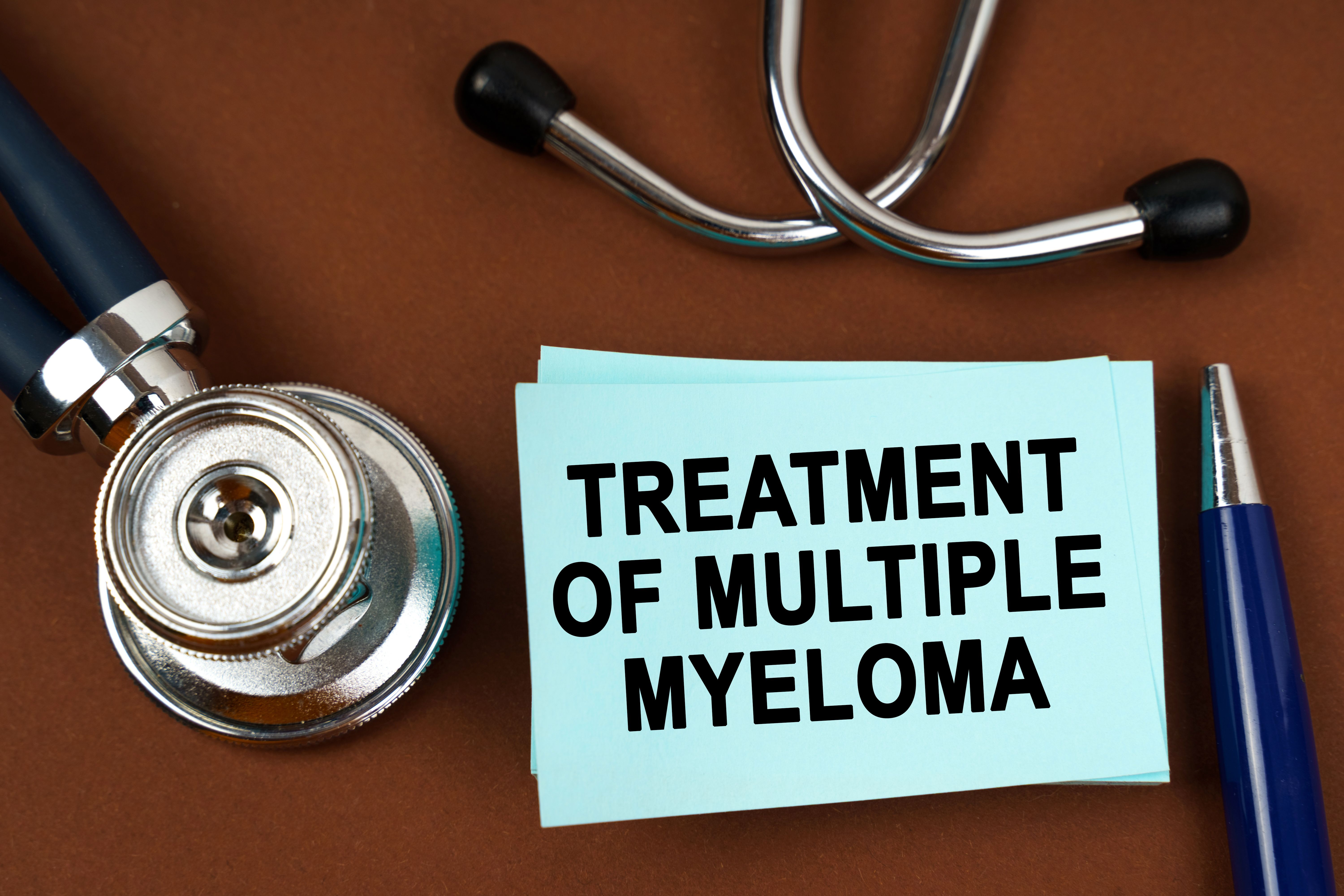Video
Matt Salo Explains Medicaid's Role in the Opioid Epidemic
Medicaid programs must find a balance between confidentiality and patient safety when prescribing opioid painkillers, says Matt Salo, executive director of the National Association of Medicaid Directors.
Medicaid programs must find a balance between confidentiality and patient safety when prescribing opioid painkillers, says Matt Salo, executive director of the National Association of Medicaid Directors.
Transcript (slightly modified)
How are state Medicaid directors handling the opioid epidemic?
This is definitely popping up in a lot of places relatively recently. Part of the challenge is that the root causes of the epidemic, of the crisis, go way beyond what Medicaid can or cannot impact. And I know that going back to my days when I was working at the National Governors’ Association, this used to be a big issue for governors as well, and something that they tried to tackle because it really kind of runs the spectrum of coverage policy, payment policy, prescribing patterns, public safety, corrections, public health, all sorts of things that again are way beyond the scope of what Medicaid itself can do.
But what we’re definitely looking at now is, one of the challenges that Medicaid has is that there’s this really arcane piece of federal regulations, it’s called 42 CFR Part 2. And almost no one knows what that means when you call it like that, but essentially what it is, it’s a provision kind of like HIPAA in that it’s supposed to protect healthcare data and provide privacy to beneficiaries. And it’s been around for a long time, because there have been historical abuses, where you had people who were under substance abuse treatment, and were having their medical information about that substance abuse treatment leaked to the media, to their employers, to divorce courts and child custody courts, to the police, et cetera. And getting out there and disrupting people’s lives in a very significant and really inappropriate way.
But fast forward to today, the challenge that we’re seeing is that by firewalling off all of the information about an individual’s substance abuse treatment and conditions, what you’ve done is that you’ve taken anyone who is currently on methadone or any other type of treatments or prescriptions for an opioid issue, and not letting anyone else in the healthcare system know about that. A very real example, and this happens, is you’ve got someone who is on methadone for example, for treatment of heroin addiction or withdrawal, and unrelated, they get into an accident, break an ankle, break a leg, show up in the ER. Doctor says "well, you’re clearly in pain, let’s prescribe something for the pain." And they’re going to prescribe an opioid. Now, they don’t know, and under the current system they can’t know, that this person is also taking another opioid for an unrelated condition. And so what happens is now you’ve got double the opioids in this person’s bloodstream.
We are seeing overdoses, we are seeing deaths, and it is having a very serious impact in public safety. So we’re really hopeful that we can find a way, while maintaining privacy and appropriate confidentiality, to be able to share that information in a medically appropriate way for the benefit of the patient.
Newsletter
Stay ahead of policy, cost, and value—subscribe to AJMC for expert insights at the intersection of clinical care and health economics.



